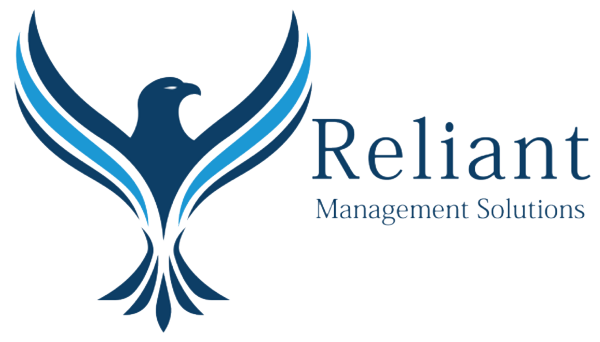When overwhelmed by financial challenges, individuals may consider filing for bankruptcy as a means of seeking relief and a fresh start. However, the bankruptcy process involves different chapters, each designed to address specific financial situations. In this blog post, we’ll explore the distinctions between Chapter 7, Chapter 11, and Chapter 13 bankruptcies, helping you understand which might be the most suitable option for your circumstances.
Section 1: Chapter 7 Bankruptcy
Liquidation of Assets:
Chapter 7, often known as liquidation bankruptcy, involves the sale of non-exempt assets to repay creditors.
Some assets may be exempt, protecting certain property, such as your primary residence and essential personal belongings.
Quick Discharge of Debts:
Chapter 7 typically provides a quicker resolution compared to other chapters, with debts discharged within a few months.
Ideal for individuals with limited income and significant unsecured debts, like credit card balances or medical bills.
Section 2: Chapter 11 Bankruptcy
Reorganization for Businesses:
Chapter 11 bankruptcy is primarily designed for businesses, allowing them to reorganize debts and continue operations.
Individuals with substantial assets and high debts may also opt for Chapter 11.
Flexibility in Debt Repayment Plans:
Debtors propose a plan to restructure and repay debts over time, with the court’s approval.
Suitable for businesses aiming to continue operations while addressing financial challenges.
Section 3: Chapter 13 Bankruptcy
Individual Debt Repayment Plan:
Chapter 13 is a reorganization plan specifically for individuals with a regular income.
Debtors create a repayment plan, typically spanning three to five years, to gradually pay off creditors.
Protection for Assets:
Unlike Chapter 7, Chapter 13 allows individuals to keep their assets while repaying debts through a court-approved plan.
Suitable for those with a reliable income seeking to prevent foreclosure or repossession of assets.
Section 4: Factors to Consider When Choosing
Income Level:
Chapter 7 is often suitable for individuals with low income, while Chapter 13 is designed for those with a consistent income.
Chapter 11 is primarily for businesses but may be an option for high-income individuals.
Type and Amount of Debt:
Chapter 7 is effective for unsecured debts, while Chapter 13 is suitable for those with a regular income seeking to repay a portion of their debts.
Chapter 11 is more complex and is typically reserved for larger businesses with substantial debts.
Asset Protection:
If protecting assets is a priority, Chapter 13 may be a more suitable option as it allows individuals to retain their property while repaying debts.
Chapter 7 involves the liquidation of non-exempt assets.
Section 5: Consultation with Legal Professionals
Seek Legal Advice:
Consulting with a bankruptcy attorney is crucial in understanding the nuances of each chapter and determining the most appropriate choice for your situation.
Attorneys can assess your financial circumstances and guide you through the complexities of the bankruptcy process.
Conclusion:
Choosing the right chapter for bankruptcy is a critical decision that depends on various factors, including your financial situation, income level, and the type of debts you owe. Consulting with legal professionals and thoroughly understanding the implications of each chapter is essential to make an informed choice that aligns with your goals for financial recovery. Remember, bankruptcy is a complex legal process, and seeking professional guidance can be instrumental in navigating the path toward a fresh financial start.






Recent Comments